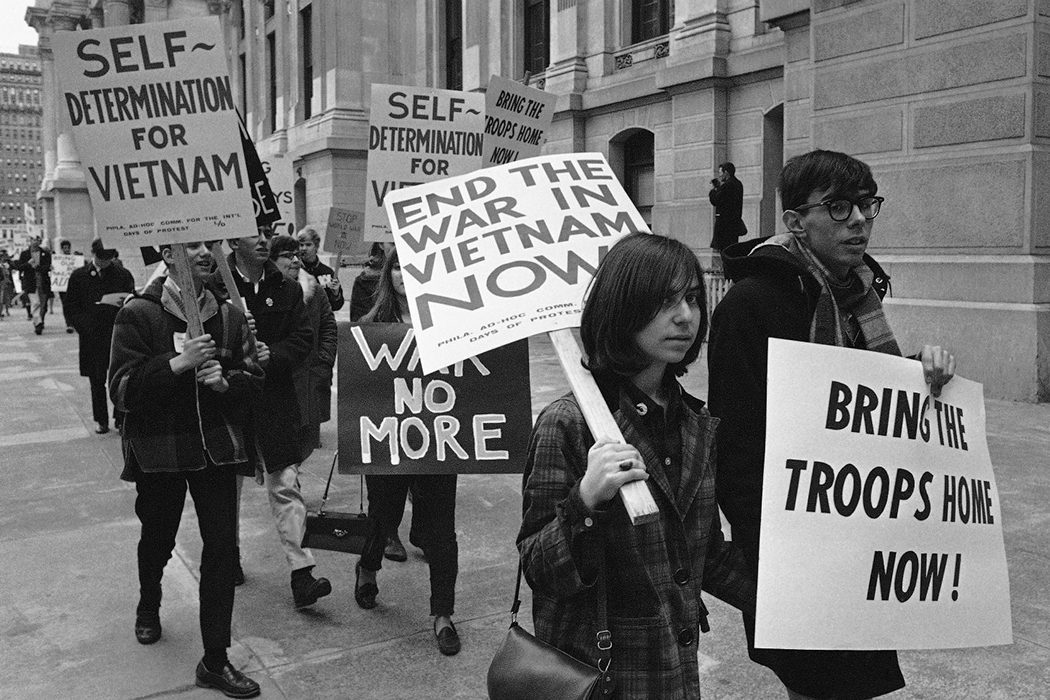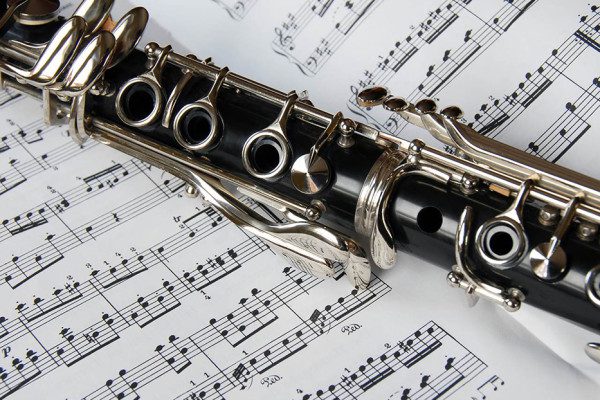If there is any country more incredible than India in its pluralism, it’s surely the USA, says Paramita Banerjee.
I was a teenager in the 1970s, when Indo-US relations reached a nadir following President Nixon’s open support to Pakistan during the Bangladesh Liberation War in 1971. India supported East Pakistan’s struggle for independence, probably as a consequence of Mrs Gandhi’s Treaty of Peace and Cooperation with the erstwhile USSR in August that year. It was a bipolar world, with the USA and the USSR competing fiercely to extend their influence and control over the globe. India was openly critical of America’s war against the Vietcong, and President Lyndon Johnson’s “ship-to-mouth” approach in dispatching the promised PL480 wheat aid to India (1961–69) made the average Indians bitter against the USA.
It is hardly surprising, therefore, that I grew up hearing left-leaning adults around me describe the USA as Uncle Sam the Authoritarian and celebrate every Vietcong victory. The final withdrawal of American forces from Vietnam in 1975 was a gala event, in the course of which the oft-discussed incident of the “Go Back McNamara” protests forcing the then-defence secretary to flee in a helicopter from Calcutta in 1968 was celebrated once more. The Central Intelligence Agency (CIA) and the Federal Bureau of Investigation (FBI) were dirty words that became even filthier after the Watergate Scandal was reported and President Richard Nixon was forced to resign in 1974 to avoid impeachment.
Such staunch anti-US sentiments resonated with the indignation generated by history lessons. A country indulging in a civil war to retain human slavery just a century ago was somewhat unpalatable, not to mention the subsequent assassination of President Lincoln. The bombings of Hiroshima and Nagasaki added further to that feeling of resentment. President John F Kennedy’s unexplained assassination also contributed to the picture of the USA as a brutal country, spreading violence inside and outside over much of the globe.
Such staunch anti-US sentiments resonated with the indignation generated by history lessons. A country indulging in a civil war to retain human slavery just a century ago was somewhat unpalatable, not to mention the subsequent assassination of President Lincoln.
If that was one image of the USA, there were several others as well. Books by Harold Robins were opening a different world to the adolescent psyche that craved to understand the complexities of love and desire. As I transitioned from high school to college, knowledge about the hippie movement and anti-Vietnam war protests in the USA during the 1960s made me realise that the government of USA and its activities in different parts of the globe did not necessarily symbolise the people of the country as a whole.
The entire world of Hollywood classics became accessible for free through a student membership of the American University Foundation (merged later with the United States Education Foundation of India). If Hollywood’s inevitable valorisation of the American soldiers in the Second World War seemed a trifle nauseating, there were also anti-war movies like All Quiet on the Western Front. Films like All the President’s Men and And Justice for All reflected the degree of freedom of expression prevalent in the country. Bob Dylan and Joan Baez added to this feeling of wonder about America, raising questions about which was the real USA.
Over the years, these questions have crystallised into an understanding of the pluralism of the USA that contribute strongly to my overall questions around the very notion of nationhood. It is in this diversity, this coexistence of several psyches within the geographical boundaries of the same country, that I find strong similarities between India and the USA, even if this country is slightly over one-third of the size of USA.
Even though Indo-US relations started improving after Mrs Gandhi’s defeat in 1977 and grew steadily from the mid-1980s after the fall of the USSR signified the end of the Cold War, many Indians continue to nurture feelings of animosity towards the so-called largest democracy of the world. Not without reason, probably. For a lot of Americans, the world—at least the civilised world as they understand it—begins and ends within the boundaries of their country, facilitating a process of many US citizens actually believing that they deserve special treatment anywhere and everywhere.
In December 2015, I was in Kenya on an assignment and met a group of five American women and men of varied ages, who looked incredulously at my colleague when he told them there was no separate counter for them, that they had to stand in the same queues with everyone else holding a “foreign” passport for immigration. As we laughed between ourselves about their firm belief that there would be a special immigration counter for US citizens in every country of the world, I heard a woman behind me say to someone in a distinctly American accent that she felt ashamed of her fellow citizens in such situations. Two different Americas within the narrow confines of the immigration desks of the not-so-big Jomo Kenyatta airport of Nairobi!
As an Indian, no way can I deny the obvious pull factors that lure so many students from this country for higher studies there, often to remain and work there to become one more in the large Non-Resident Indian community in the USA. Many people also join this group after studies with the sole aim of settling there, never to return. Nor can I look away from the fact that a PhD from an American university carries more weight in this very country, than the same degree from even the premier institutions of higher education here. The USA continues to be a country of dreams for innumerable people all over the globe. But at the same time, there are also people—and I do personally know quite a few such couples—who decide to return to India when they plan to start a family, unwilling to raise a child in the culture that they feel is too impersonal for close ties to be nurtured between parents and children. Several Americas again—some that pull and some that push away.
For a lot of Americans, the world—at least the civilised world as they understand it—begins and ends within the boundaries of their country, facilitating a process of many US citizens actually believing that they deserve special treatment anywhere and everywhere.
It is perhaps the haughtiness that is almost inevitably associated with Americans in many countries of the world, India included, that led many people to secretly acknowledge that there was a degree of elation in the bubble of American invincibility being burst when 9/11 happened in 2001, even as they mourned the rise of terrorism and the death of thousands of innocent civilians. It was inevitable that talks about the proverbial Frankenstein’s monster surfaced in course of these attacks, for by then President Reagan’s Operation Cyclone was public knowledge among the educated in many countries, including India. For more than a decade since 1979, the CIA had secretly offered financial support and weapons to Islamist militants (mujahideen) in Afghanistan to counter the Soviet Union. In fact, in the late 1980s, Pakistani Prime Minister Benazir Bhutto was reported to have told President George HW Bush that he was creating a monster. This criticism is almost always there in any discussion of America’s fight against terror, even among many American friends I have made over the years.
If there is haughtiness, there is also absolute humility among the American people. I’ve now interacted with a considerable number of American students who come to India as interns or volunteers to gain some experience in the social development sector. Many of them have expressed feeling humbled, looking at the kind of world history and geography we study in our schools, lamenting that their high school level studies do not include much beyond their own country. Many Fulbright scholars who come for a short three-week tour of India for exposure, with the aim of firming up their proposed research/ project proposals, have unashamedly stated how sorry they feel to have assumed that a country as big and diverse as India can be understood even at the surface level within the span of three weeks.
If the George W Bush government indulged in the Iraq War, criticised even by some of America’s closest allies like Germany and France, and the people of the country voted him back to power, they also voted for Barack Obama to succeed him. A President whose speeches during the campaign captivated the entire world. The only American President whose victory speech I have listened to on the television with a feeling that I’m watching history being made. It is debatable, for sure, the extent to which Obama has made history in concrete terms, but that is not really the point I want to make. The crux of the matter is that USA breeds feelings of resentment and hostility by its highhandedness in many affairs of the world.
If the George W Bush government indulged in the Iraq War, criticised even by some of America’s closest allies like Germany and France, and the people of the country voted him back to power, they also voted for Barack Obama to succeed him.
But then, that country also ignites dreamers of social change with a history of many movements starting from the striking workers agitating for an eight-hour work day celebrating the world’s first ever May Day. The role of American women in leading different waves of feminist movements towards gender justice, and of American people with non-normative sexual orientation and/or gender expressions in articulating LGBTQ demands for equal human rights can hardly be denied.
Even as the USA takes a lead in globalising world economies towards capitalism, its own diversities appear in bold relief every now and then. Just the other day, while thousands of Americans used various ways and means to express their condemnation of the Orlando shooting that resulted in the death of 49 people and injury to more than 50, the Verity Baptist Church in Sacramento, California, celebrated the death of “predators”, as the pastor put it. So did another Baptist Church in Westboro, Massachusetts, with people carrying placards stating that the shooter was God’s ambassador.
An America that rules the world through purse-strings and weapons. An America that makes millions across the world dream of a better life there than they can have in their own countries. An America that has led many a movement towards social justice. An America where any citizen can have one or more firearms, even though mass shootings are a regular affair, with even school children being killed. An America that ranked second in the world by Gross Domestic Product, but eighth by the Human Development Index, in 2015. An America that can present to the world both a Donald Trump and a Bernie Sanders as possible presidential candidates in the same year. If there is one country more incredible than India in its pluralism, it’s surely the US of A.



Amita Bhatt
Paramita. Thank you for a non- biased article. It made an interesting read and was very relevant to someone like me who has just returned to India after having lived there for some 17 odd years.